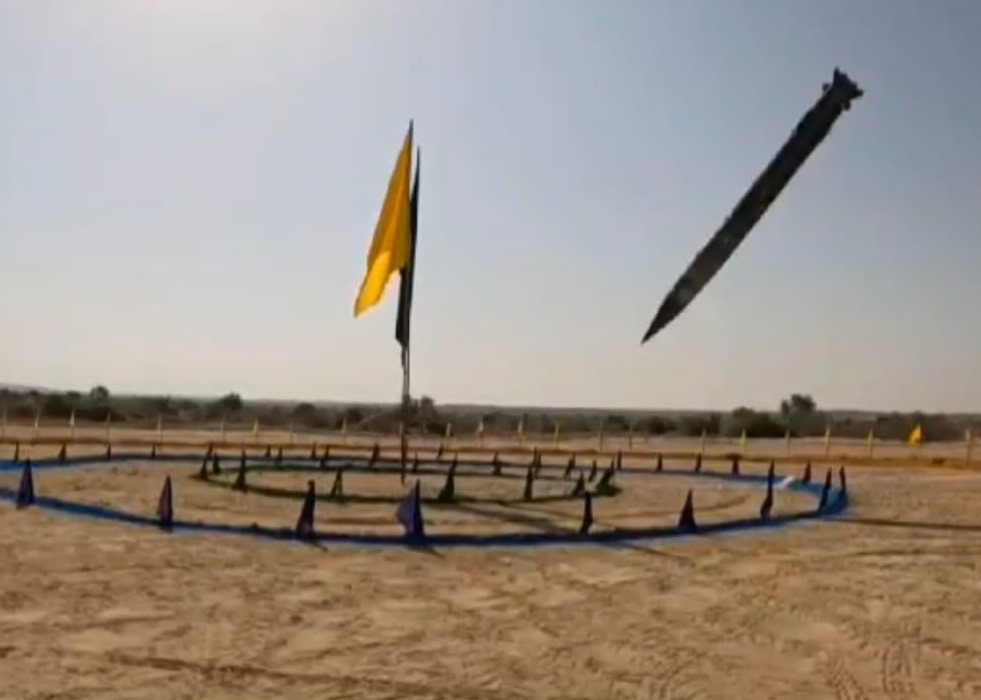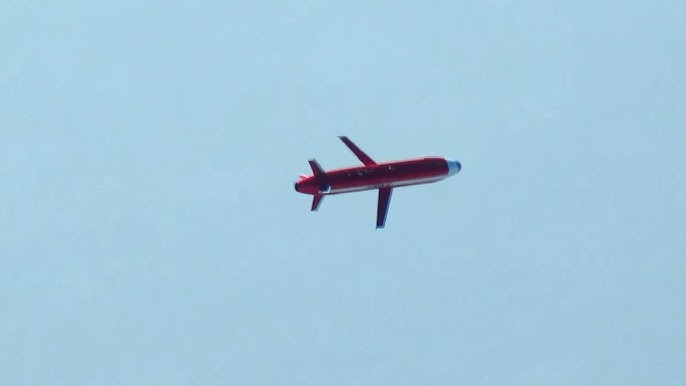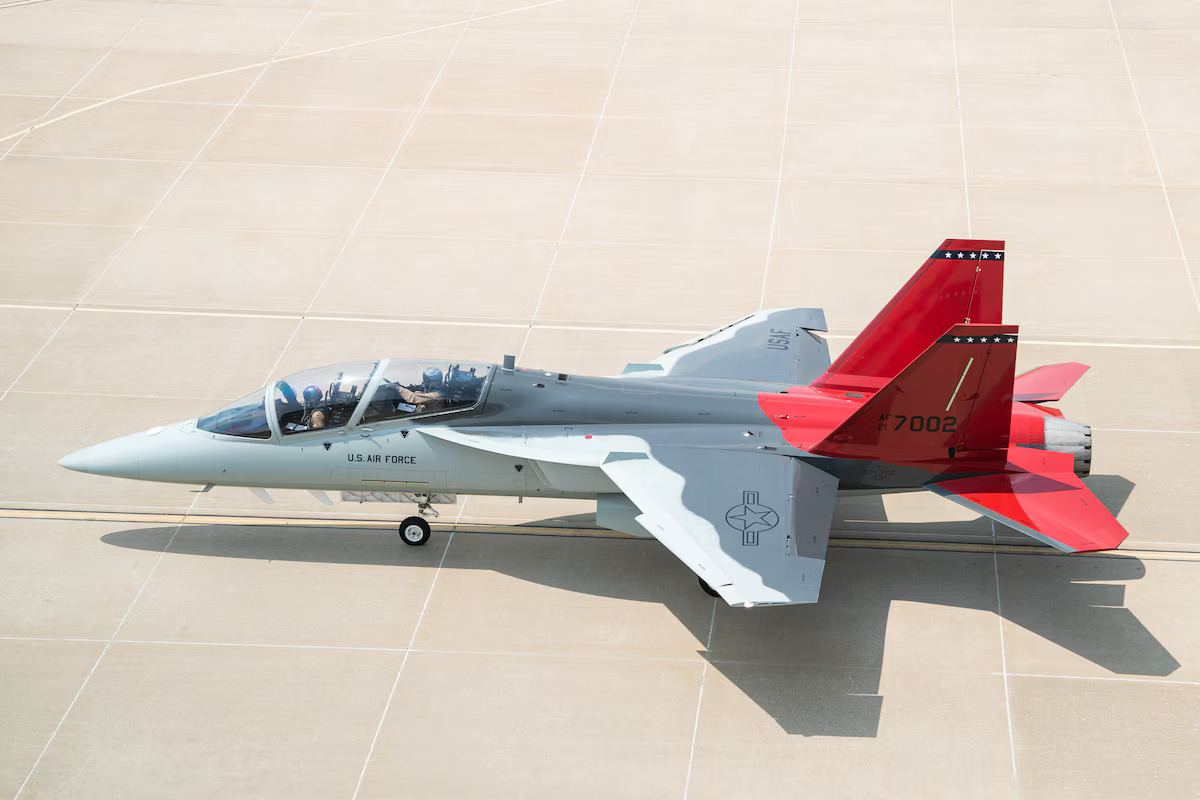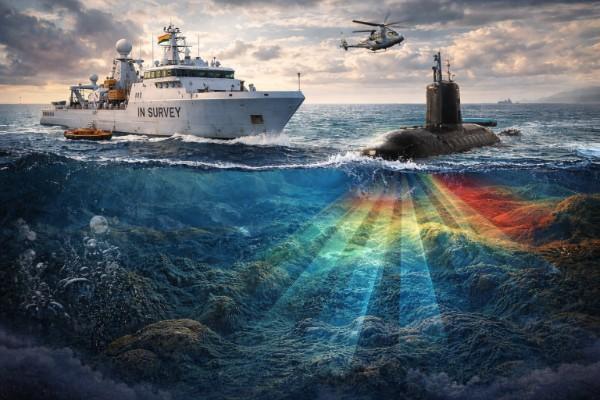The evolving security landscape of the Indian Ocean Region (IOR) presents complex challenges for Pakistan’s maritime security. With India’s growing naval ambitions and strategic partnerships with major global powers, Pakistan is compelled to recalibrate its naval posture to ensure deterrence and operational effectiveness. One of the most viable approaches in this regard is the adoption of an Anti-Access/Area-Denial (A2/AD) strategy—a concept that has gained traction among states seeking to counterbalance superior adversaries through asymmetric capabilities.
In recent years, IOR has witnessed India’s growing naval ambitions which is driven by its aspirations for regional hegemony and its alignment with major Indo-Pacific strategies led by the United States and its allies. The Quadrilateral Security Dialogue (Quad), comprising India, the US, Japan, and Australia, underscores New Delhi’s growing role in shaping maritime security dynamics. Furthermore, India’s investment in aircraft carrier battle groups (CBGs), nuclear-powered submarines, and advanced anti-submarine warfare (ASW) capabilities reflects its intent to dominate the IOR. In response, Pakistan’s A2/AD strategy serves as a cost-effective means of deterring Indian naval ambitions. Instead of engaging in an unsustainable arms race, Pakistan is focusing on asymmetric warfare capabilities that enhance its strategic depth.
Understanding the A2/AD Framework
A2/AD is a strategic military concept aimed at restricting an adversary’s ability to project power into a contested area. The “anti-access” component seeks to prevent enemy forces from entering a designated zone, while the “area-denial” element aims to limit their maneuverability and operational effectiveness within that space. In a naval context, this entails the deployment of precision-guided missiles, advanced submarines, integrated air defense systems, and electronic warfare measures to create a formidable defense shield. The rationale behind Pakistan’s A2/AD adoption is straightforward: India’s naval modernization, coupled with its expanding presence in the IOR, poses a significant strategic challenge. India’s procurement of aircraft carriers, nuclear-powered submarines, and long-range maritime surveillance assets enhances its power projection capabilities. To mitigate this growing asymmetry, Pakistan is focusing on developing a layered maritime deterrent that complicates India’s operational calculus.
The Indian Navy’s growing capabilities present one of the most significant challenges for Pakistan in the IOR. India has significantly modernized its naval forces, commissioning naval assets such as the INS Vikrant, its first indigenous aircraft carrier, and Arihant-class nuclear-powered submarines. These advancements highlight India’s aspirations to establish itself as the dominant maritime power in the region. Additionally, India’s investments in surveillance networks and strategic partnerships with extra-regional actors such as the US further amplify its maritime influence. These developments have created a complex security environment for Pakistan, necessitating a robust and multifaceted maritime strategy.
Recognizing the imperative of an effective maritime defense strategy, Pakistan has embarked on a comprehensive naval modernization program, centered on the principles of A2/AD. This strategy enables Pakistan to deter and deny adversaries access to critical maritime zones, offsetting the numerical and technological advantages of India. One of the central pillars of Pakistan’s A2/AD strategy is its investment in advanced missile systems. The induction of SMASH missiles provides Pakistan with a potent anti-ship capability. Designed to target surface vessels at high speeds and long ranges, these missiles are critical to denying adversary ships freedom of movement near Pakistan’s coastline. Similarly, the Harbah cruise missile enhances Pakistan’s ability to conduct precision strikes against both land and sea targets, strengthening its maritime deterrence.
Submarines play a pivotal role in Pakistan’s A2/AD approach, offering stealth and offensive capabilities that are indispensable for challenging adversaries in the Arabian Sea. The acquisition of 8 Hangor-class submarines from China, equipped with state-of-the-art torpedoes and missiles, represents a significant leap in Pakistan’s underwater warfare capabilities. These platforms are designed to operate in contested waters, providing Pakistan with the ability to neutralize surface fleets and protect vital sea lines of communication (SLOCs). In addition to submarines, Pakistan has strengthened its surface fleet with the induction of advanced frigates and corvettes. The Type 054A/P frigates from China and the MILGEM-class corvettes from Turkey are equipped with cutting-edge sensors, air-defense systems, and multi-role capabilities, enabling Pakistan Navy to conduct multidimensional operations and deny adversaries operational superiority.
Furthermore, a robust air-defense network and enhanced surveillance capabilities are integral to Pakistan’s A2/AD strategy. The deployment of the LY-80 surface-to-air missile system provides effective coverage against airborne threats, while the integration of advanced maritime patrol aircraft ensures comprehensive situational awareness. These assets enable Pakistan Navy to monitor and respond to adversary movements in its area of interest, further strengthening its deterrence posture. Coastal defense, fortified naval bases, and mobile missile batteries add an additional layer of security, ensuring that Pakistan’s territorial waters remain secure against external threats.
Despite these advancements, several emerging threats could undermine Pakistan’s A2/AD strategy. The development of hypersonic weapons, which reduce reaction time and can bypass traditional missile defense systems, poses a significant challenge. Similarly, AI-driven naval operations and drone swarms introduce a new dimension to modern warfare, requiring Pakistan to adapt its military strategy accordingly. Electronic warfare threats, including cyberattacks on command-and-control systems, can also disrupt communication networks and radar operations, affecting the execution of A2/AD operations. To address these challenges, Pakistan must continue investing in cyber warfare capabilities, AI-driven defense systems, and indigenous research and development to remain competitive in the rapidly evolving security environment.
In conclusion, Pakistan’s adoption of an A2/AD strategy is a strategic necessity rather than an option. As regional maritime security dynamics continue to evolve, Pakistan must ensure that its naval forces remain capable of deterring aggression and securing national interests. By leveraging asymmetric capabilities, modernizing its naval assets, and investing in emerging technologies, Pakistan can effectively counter regional power asymmetries and maintain strategic stability in the IOR. Ultimately, a well-executed A2/AD strategy will not only enhance Pakistan’s maritime defense but also contribute to a more stable and balanced security architecture in South Asia.
Syed Ali Abbas is Research Officer & Comm Officer at the Center for International Strategic Studies (CISS) Islamabad.

Maryyum Masood
Maryyum Masood is a Research Officer & Associate Editor at the Center for International Strategic Studies (CISS) Islamabad.
















